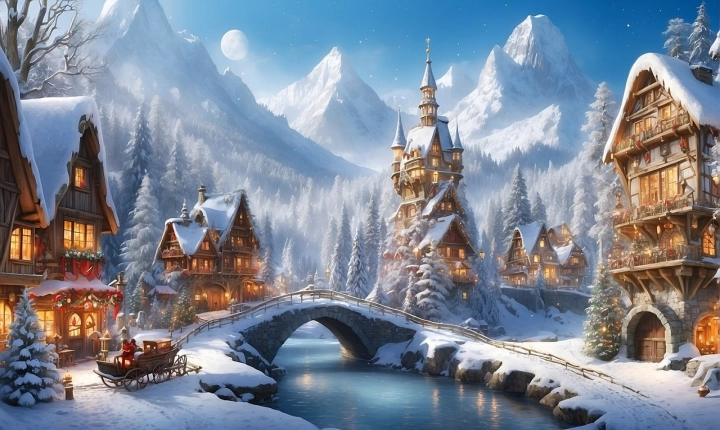Creating art using artificial intelligence (AI) is an innovative and exciting process that merges human creativity with advanced technology. AI art is growing in popularity, as it allows artists to explore new forms of expression and pushes the boundaries of traditional art-making techniques. If you’re interested in delving into the world of AI art, here’s a guide on how to get started and some tips for creating compelling AI-generated artwork.
1. Understanding AI Art
Artificial intelligence art involves using algorithms and machine learning techniques to generate or enhance visual artwork. The AI can be programmed to create entirely original pieces or to assist human artists by providing new tools, insights, and possibilities for artistic expression. This intersection of technology and art offers a unique opportunity to explore the capabilities of AI and its impact on the creative process.
2. Choosing the Right Tools
To create AI art, you’ll need access to suitable software and tools specifically designed for generating art using AI. Popular platforms for AI art creation include DeepArt, Runway ML, and Google’s DeepDream. These tools provide a range of features, including style transfer, image generation, and natural language processing, allowing you to experiment with different techniques and styles.
3. Exploring Different Techniques
One of the most widely used techniques in AI art is style transfer, which involves merging the style of one image with the content of another. This technique can produce stunning and unique results by combining the visual elements of different artworks. Additionally, generative adversarial networks (GANs) can be used to create entirely new images based on training data, resulting in abstract and unpredictable artwork.
4. Training and Experimentation
To create AI art, you’ll need to train your AI model using datasets or specific instructions. This process involves feeding the AI with relevant data to help it learn and develop its understanding of style, form, and content. Experimenting with different training methods and parameters can lead to unexpected and intriguing results, fostering a deeper understanding of the AI’s creative capabilities.
5. Collaboarting with AI
AI art can also be created through a collaborative process, where the artist works alongside the AI to co-create the artwork. By providing input and guidance to the AI system, artists can use it as a tool to experiment with new ideas, visual styles, and artistic concepts. This collaborative approach allows for a dynamic and iterative creative process, leading to innovative and boundary-pushing artwork.
6. Ethical Considerations
As with any technological advancement, it’s crucial to consider the ethical implications of AI art. This includes ensuring that the AI system is used responsibly and with respect for intellectual property rights and privacy concerns. Additionally, artists should be transparent about the use of AI in their creative process and consider the potential impact of AI-generated artwork on society and the art world.
In conclusion, AI art offers an exciting opportunity for artists to explore new frontiers and expand their creative horizons. By leveraging the power of AI, artists can produce unique, thought-provoking artwork that challenges traditional notions of creativity and artistic expression. Whether you’re a seasoned artist looking to experiment with AI or an enthusiast curious about the intersection of art and technology, the world of AI art is ripe for exploration and innovation.
